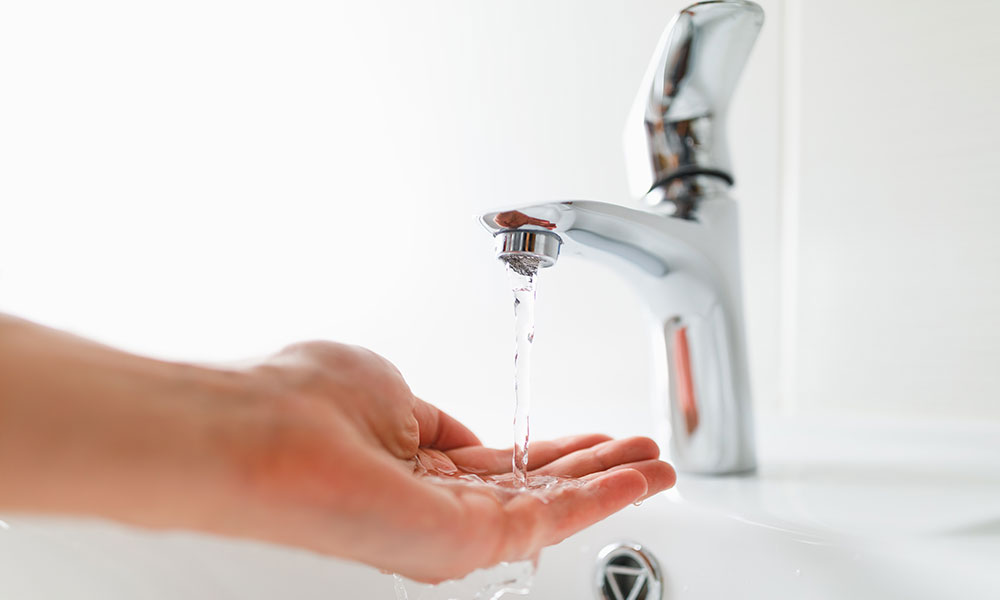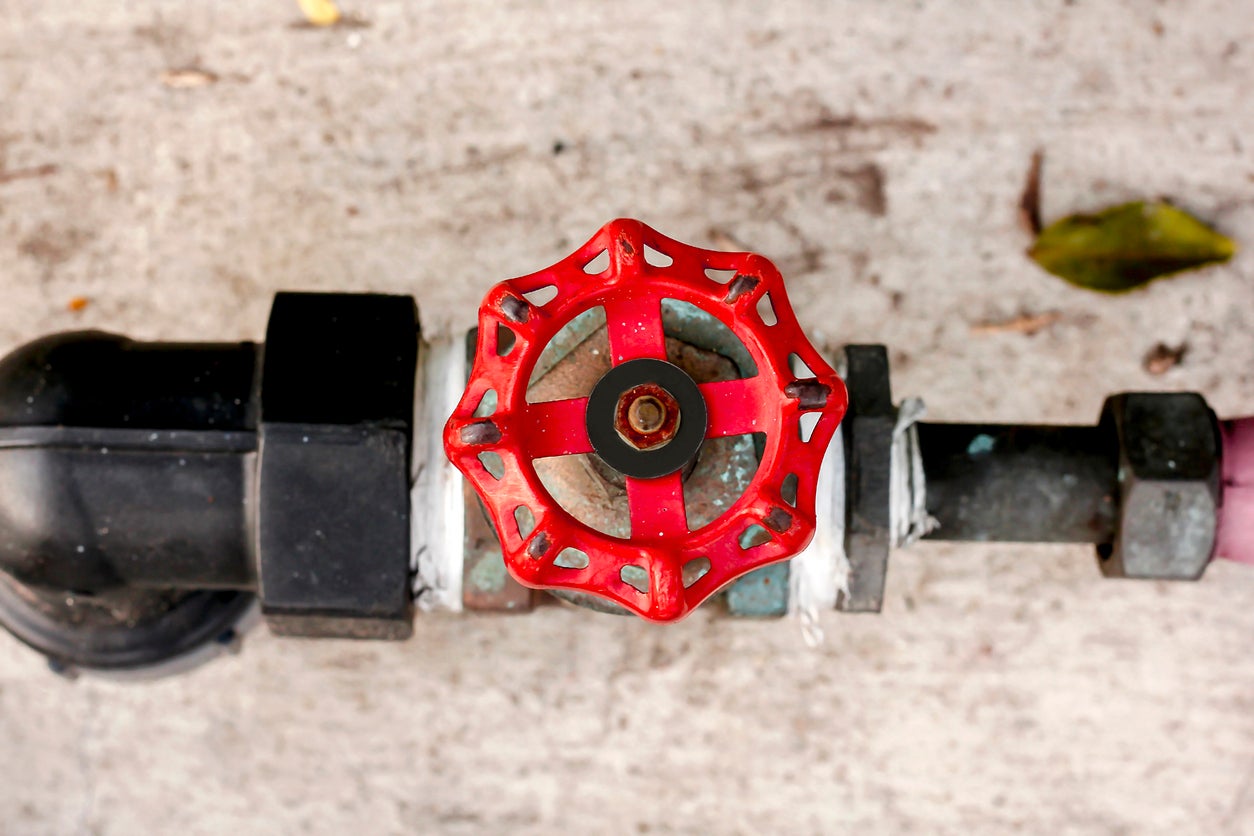Techniques to Resolve Low Water Pressure in Your Home
Techniques to Resolve Low Water Pressure in Your Home
Blog Article
Are you currently trying to locate resources on Low Water Pressure in the House??

Low water stress in your house can be a frustrating issue, impacting whatever from showering to cleaning meals. If you're experiencing weak water flow, there are several feasible causes and services to discover. In this overview, we'll talk about usual factors for low water pressure and useful actions to deal with the problem efficiently.
Intro to Low Water Pressure
Low water stress takes place when the flow of water from your faucets, showers, and other components is weaker than usual. This can make daily tasks more difficult and less reliable. Understanding the root causes of low tide stress is critical to discovering the best service.
Typical Reasons For Low Water Pressure
Faulty Pressure Regulators
Pressure regulators are accountable for keeping constant water stress in your home. If they malfunction, it can cause low water pressure or uneven flow throughout your house.
Metropolitan Water System Issues
Often, the problem exists outside your home. Metropolitan water system issues, such as main line leakages or maintenance job, can temporarily minimize water stress in your location.
Pipeline Obstructions
Over time, pipes can end up being blocked with natural resource, debris, or particles, restricting the flow of water. This is a typical problem in older homes with galvanized steel pipes.
Rust
Rust within pipes can result in leakages and reduced water stress. Rust buildup can constrict water flow, particularly in maturing plumbing systems.
Exactly How to Identify Low Water Pressure
Inspecting Pipes
Check noticeable pipes for indications of leaks, deterioration, or blockages. Take note of any type of unusual noises, such as banging or rattling pipes, which could show issues within the plumbing system.
Consulting with a Plumber
If you're not able to pinpoint the source of low tide pressure, consider employing a specialist plumber to carry out an extensive examination. They can determine underlying issues and recommend ideal solutions.
Examining Taps and Components
Beginning by examining the water stress at different taps and fixtures throughout your home. If the issue is separated to details areas, it might suggest local issues.
DIY Solutions to Deal With Low Water Stress
Flushing Water Heater
Sediment build-up in the hot water heater can restrict flow and lower efficiency. Flushing the storage tank occasionally helps eliminate sediment and keep optimum efficiency.
Checking Stress Regulatory Authority
Make sure that the pressure regulator is working properly. Changing or replacing the regulatory authority can aid recover appropriate water pressure throughout your home.
Cleaning Aerators and Showerheads
Mineral deposits can build up in aerators and showerheads, decreasing water flow. Remove and cleanse these elements routinely to boost water pressure.
Clearing Up Clogs in Pipeline
For small blockages, attempt using a plumbing serpent or chemical drainpipe cleaner to clear blockages in pipelines. Be cautious when making use of chemicals and follow security standards.
When to Call a Professional Plumber
If DIY initiatives fail to resolve the problem or if you believe significant plumbing problems, it's finest to seek help from a certified plumber. They have the knowledge and tools to resolve intricate issues securely and effectively.
Preventive Measures to Keep Water Stress
Installing a Stress Booster
Take into consideration mounting a stress booster pump to improve water pressure in areas with regularly reduced flow. This can be especially advantageous for multi-story homes or residential or commercial properties with high-demand components.
Monitoring Water Usage
Bear in mind water use practices and prevent ill-using the plumbing system. Easy modifications, such as shocking showers and laundry loads, can assist preserve appropriate water pressure.
Regular Upkeep
Arrange routine upkeep for your plumbing system to stop problems such as deterioration, leakages, and clogs. Resolving minor troubles early can aid prevent more substantial repairs later.
Conclusion
Handling low tide pressure can be frustrating, yet determining the underlying reasons and executing appropriate remedies can restore ideal circulation throughout your home. Whether it's cleansing aerators, evaluating pipelines, or talking to a plumber, taking aggressive actions can guarantee a stable supply of water for your day-to-day demands.
How to Fix Low Water Pressure In Your Home
Municipal Water Supply Issues
Scheduled maintenance, high demand, and water main breaks are all potential causes for low water pressure within a city or county’s water lines. While there’s not much you can do to personally fix a problem with your city or county’s water supply system, you can play a big role in documenting the issue and alerting those who can.
How to fix it:
Ask your neighbors if they are experiencing any issues with low water pressure. If multiple homes are affected, it’s likely related to the city’s water line. Contact the local Water Authority to see if there is any maintenance taking place that might be affecting your supply. Also let them know of your specific issues. If other homeowners report the same issues, they’ll know that there could be a larger issue to look into. Faulty Fixtures
A damaged or clogged shower head, faucet or appliance is the first thing we’d suggest checking, especially if low water pressure appears to be isolated to a specific area of your home.
How to fix it:
First, turn off the main water supply to your home. Check the affected appliances for build-up or debris. In the case of a faucet, you can simply unscrew the aerator at the tip of the faucet. Showerheads should be fully detached from the water pipe. While the appliances are detached, you may want to check the water supply to determine if the fixtures were in fact the issue. To clean, soak the showerhead or aerator in vinegar and brush off any visible debris. Reattach the fixtures and check the water pressure again. If it is still low, there is likely a deeper issue at hand, which can be determined by a professional plumber. Pipe Obstructions
Mineral deposits, rust or other debris within water pipes can lead to blockages or corrosion over time.
How to fix it:
When you think of a clog, you probably think of a drain clog. While there are many DIY solutions to clearing a drain, clogs in a water pipe will almost always require the help of a professional plumber. A plumber will be able to locate the affected pipe and clean out any debris or mineral deposit buildup. In severe cases, the pipe may need to be replaced. Your plumber might also recommend a water softening system to remove the minerals from your home’s water supply that can contribute to pipe blockages over time.
Plumbing Leak
Undetected water line leaks can divert water away from your residential pipes, reducing the water pressure in your fixtures.
How to fix it:
Check your water meter by turning off all water sources and monitoring the meter for any movement, which could be a clear indicator of a potential leak. Check all visible pipes for signs of leaking, including water stains, active dripping or damp spots around the pipe. Inspect fixtures, including faucets and showerheads, for any drips. Test the pressure but recording the pressure with the main water valve shut off. Leave off for a few hours and test again. A significant drop in pressure is a clear sign of a leak. https://kiddcoplumbing.com/plumbing-blog/how-to-fix-low-water-pressure/

I ran across that entry on 4 Ways to Troubleshoot Low Water Pressure when doing a search on the internet. Sharing is caring. Helping people is fun. I truly appreciate reading our article about Dealing with Low Water Pressure in Your Home.
Call Today Report this page